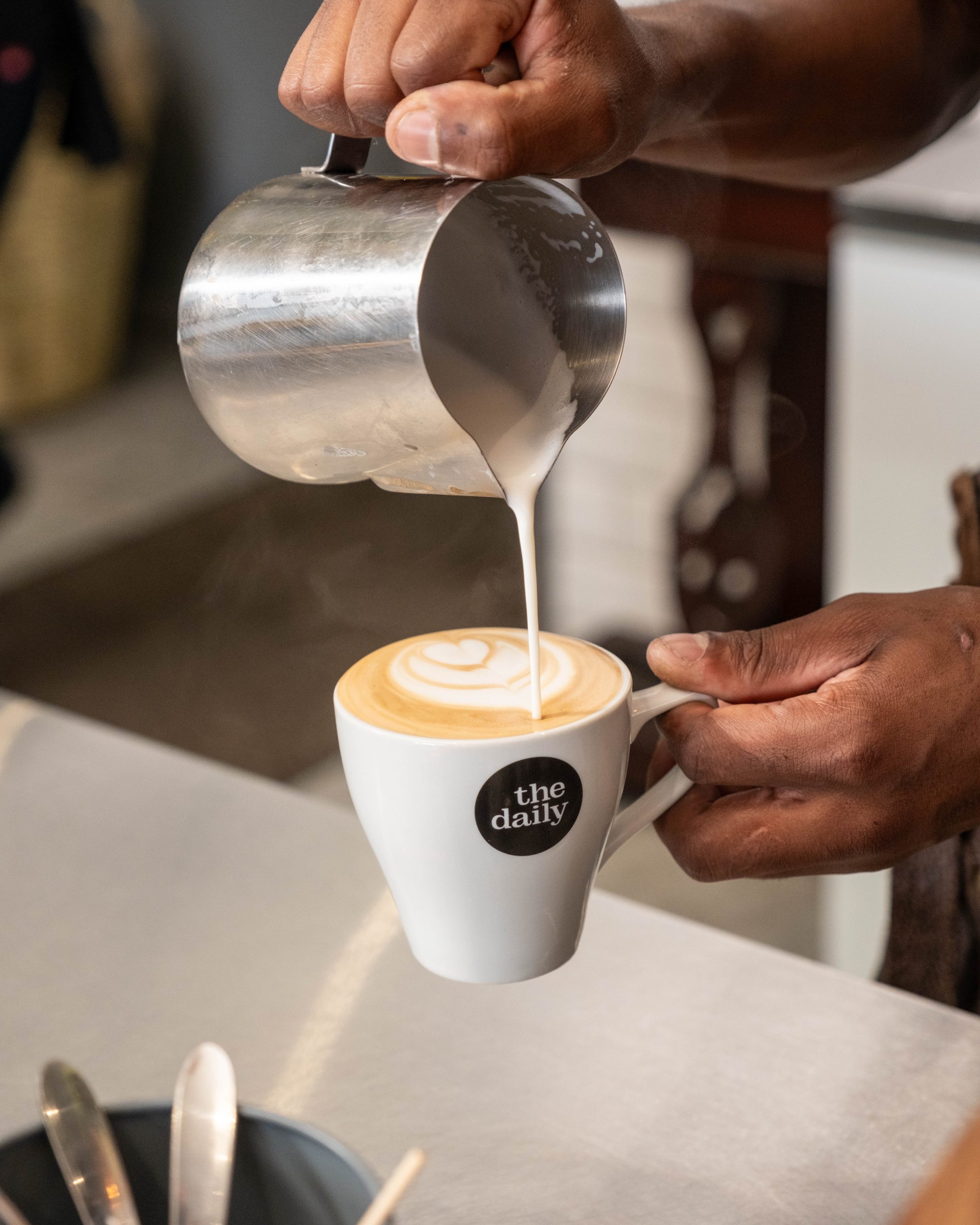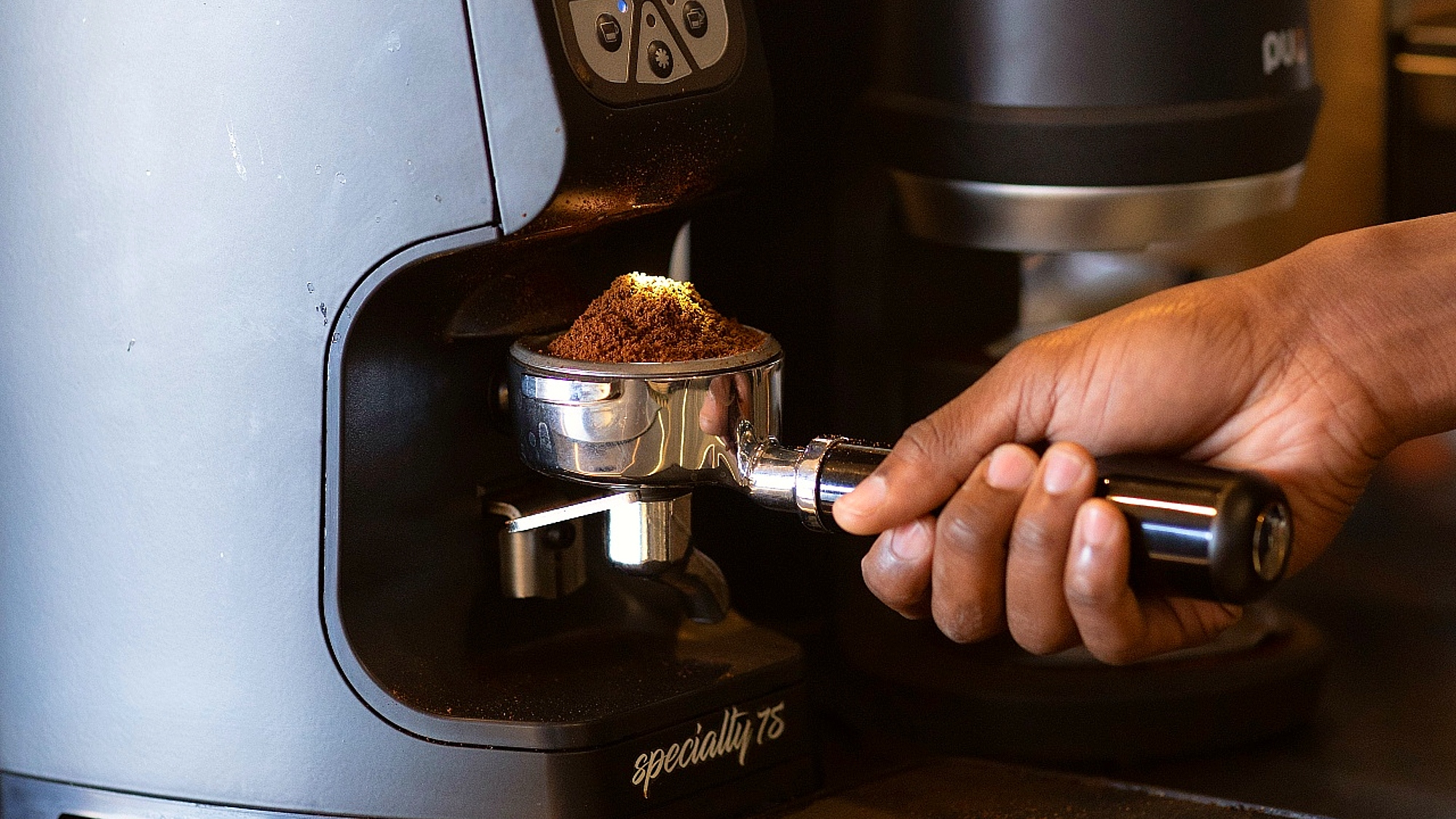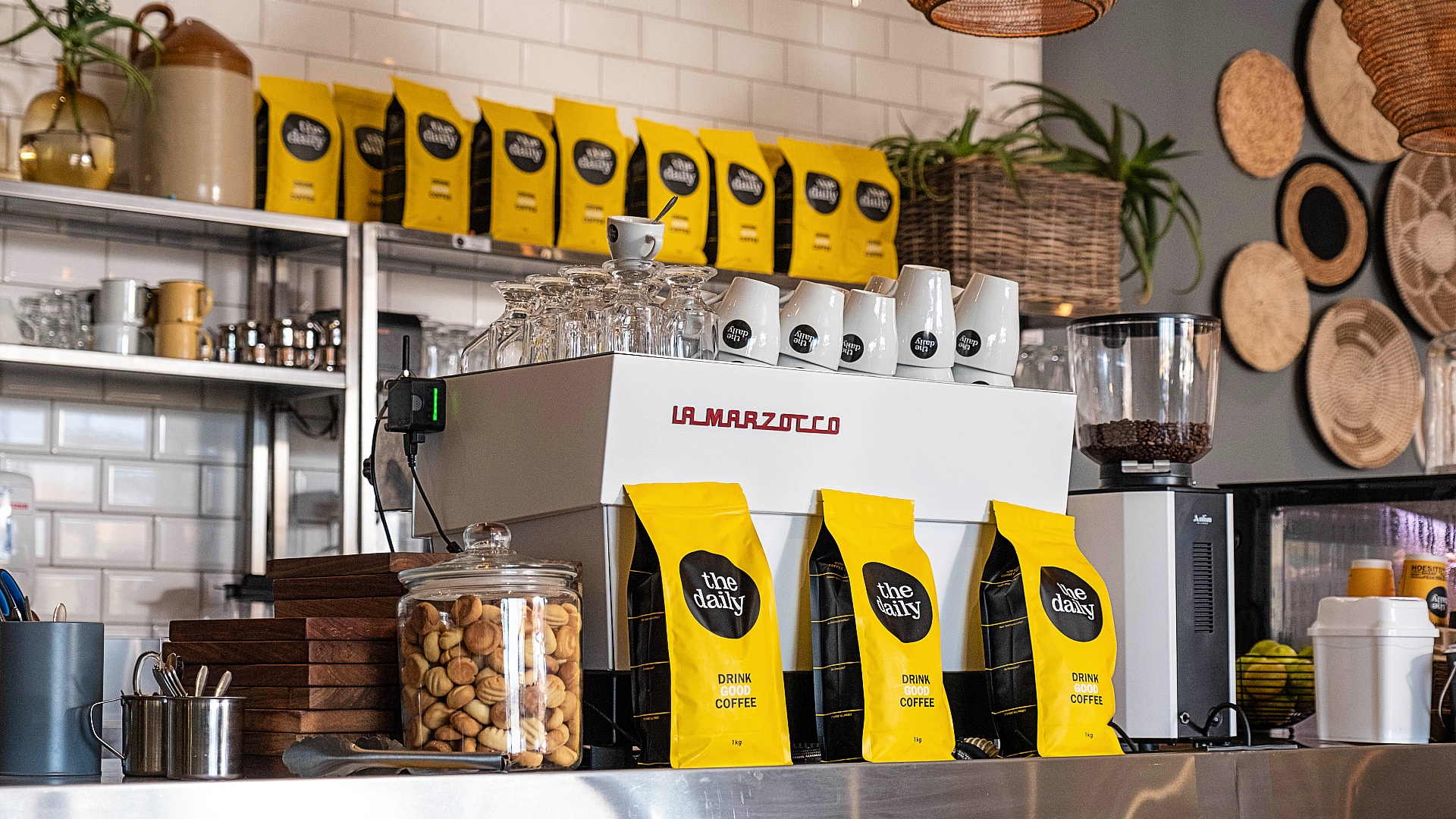Milk and foam: The key to a silky flat white or a luxurious cappuccino
When it comes to milk-based coffee, texture is everything. The right balance of milk and microfoam creates that smooth, velvety mouthfeel that makes each sip rich and indulgent.
The secret lies in how the milk is steamed, and the ratios of liquid milk and micro foam. Let’s take a closer look at this fascinating part of the barista’s craft!
The first step – stretching the milk
“Stretching” is the first stage of steaming, where air is gently introduced into the milk using the espresso machine’s steam wand. As the tip of the steam wand hovers just below the milk’s surface, it produces a gentle hissing sound – a sure sign that air is being incorporated into the milk. This creates microbubbles and increases the volume of the milk (hence the term stretching) and starts the process of creating microfoam.
Step two: Texturing the milk
Once enough air has been added, the barista lowers the steam wand to heat and texture the milk. By creating a whirlpool effect – also referred to as a controlled vortex – the milk spins rapidly, distributing the microbubbles evenly and breaking down any larger ones. This swirling action is key to creating milk that’s consistent, glossy, and lusciously smooth.
The result? Sweet, perfectly textured milk that cascades like liquid silk, from the first pour to the last!
Why texture and temperature matter
Steaming milk isn’t just about achieving the right texture, it affects flavour too. When heated gently, milk’s natural sugars are released, adding sweetness and rounding out the espresso’s intensity without masking its character.
But there’s a fine line. Ideal milk temperature ranges from 55-65°C. Too hot, and the milk scorches, creating a burnt taste and a dry, chalky texture. Too cool, and it won’t develop the sweetness or silky body that gives milk-based coffees their comforting depth.
That’s why skilled baristas approach milk with the same precision they apply to preparing espresso. It’s not just a topping, it’s part of the craft!
The milk itself matters!
What goes into the jug matters just as much as how it’s steamed. Here’s how different types of milk stack up:
- Fresh, pasteurised full-cream milk (non-homogenised if possible)
The gold standard. Great flavour and excellent for microfoam thanks to its natural fat and protein balance.
- Homogenised full-cream milk
A solid everyday choice. Produces consistent results and steams well.
- Long-life (UHT) milk
Less ideal. Its extended shelf life comes at a cost – a slightly “cooked” taste and lack of natural sweetness.
- Low-fat or skim milk
Froths easily, but the result is lighter and less creamy, with a looser, less velvety foam.
- Plant-based milks
These vary. For best results, use barista-grade versions of oat, soy, or almond milk, which are specially formulated to froth and steam like dairy.
Different drinks, different textures
Flat whites, lattes, and cappuccinos all start with espresso, but what happens next with the milk makes all the difference:
- Flat White
Features microfoam – smooth, glossy milk with ultra-fine bubbles that blend seamlessly with the espresso. No frothy cap, just luscious texture.
- Latte
Creamier and slightly milkier, with a light layer of foam on top. Smooth and mellow, with more volume.
- Cappuccino
Equal parts espresso, steamed milk, and froth. Rich, creamy and bold in texture.
Why it is important
If you love milk-based coffee, preparing the milk is where the craft lives. It’s not just about adding milk, it’s about adding the right milk, at the right temperature, with the just the right amount of air and movement to create the right texture. When it all comes together, the result is a cup that’s balanced, smooth, and unforgettable!
At The Daily it’s all in the craft
At The Daily, our baristas treat milk as a hero ingredient, never as an afterthought. Every jug is steamed with care and purpose to deliver the perfect texture for your drink. Whether it’s the velvety pour of a flat white or the rich, creamy texture of a cappuccino, we make sure the milk elevates the espresso, creating a smooth, balanced, and satisfying coffee experience every time.
Next up: Taste and aroma – what your senses are telling you
In the next article in our “What makes a good cup of coffee?” series, we’ll explore how flavour notes, aroma, and mouthfeel come together to shape your coffee experience, and how to start recognising them in your own cup.








